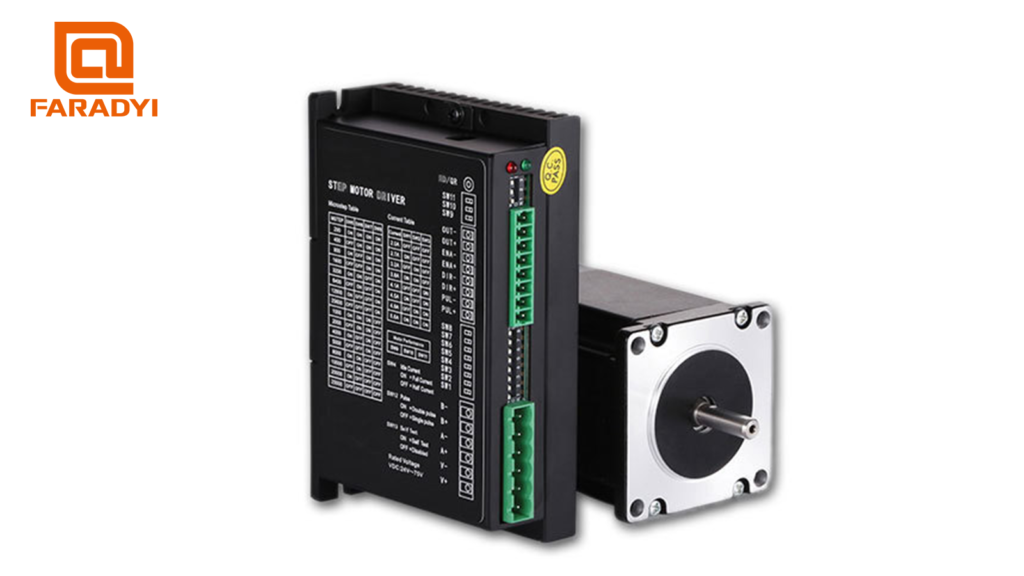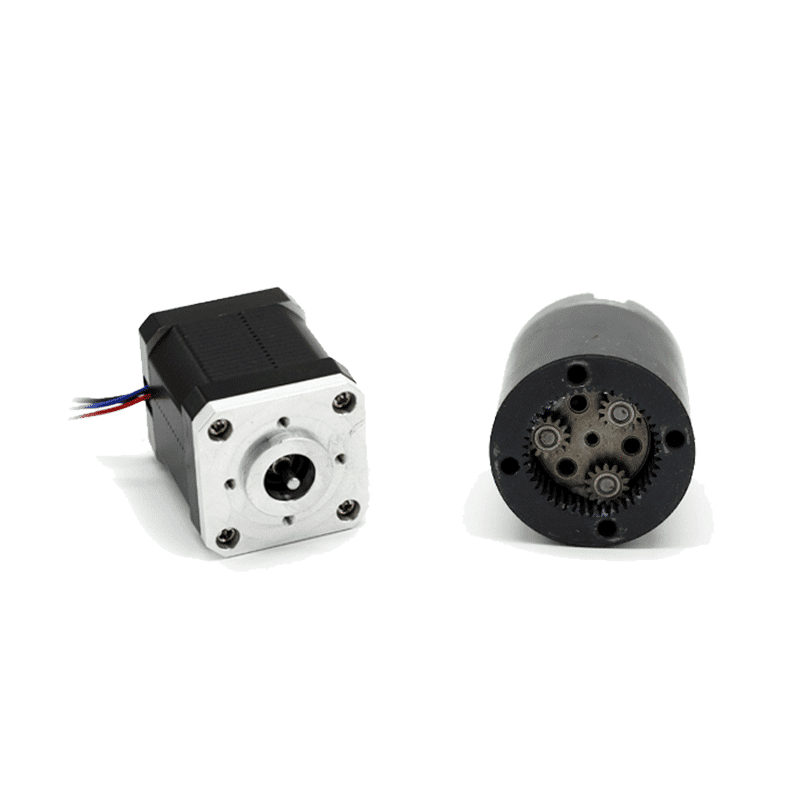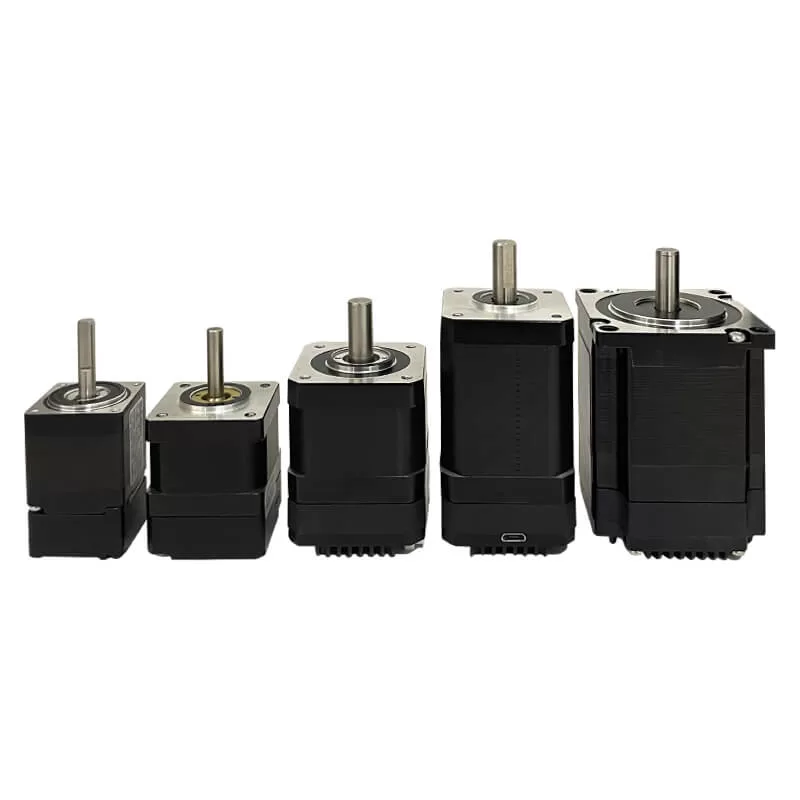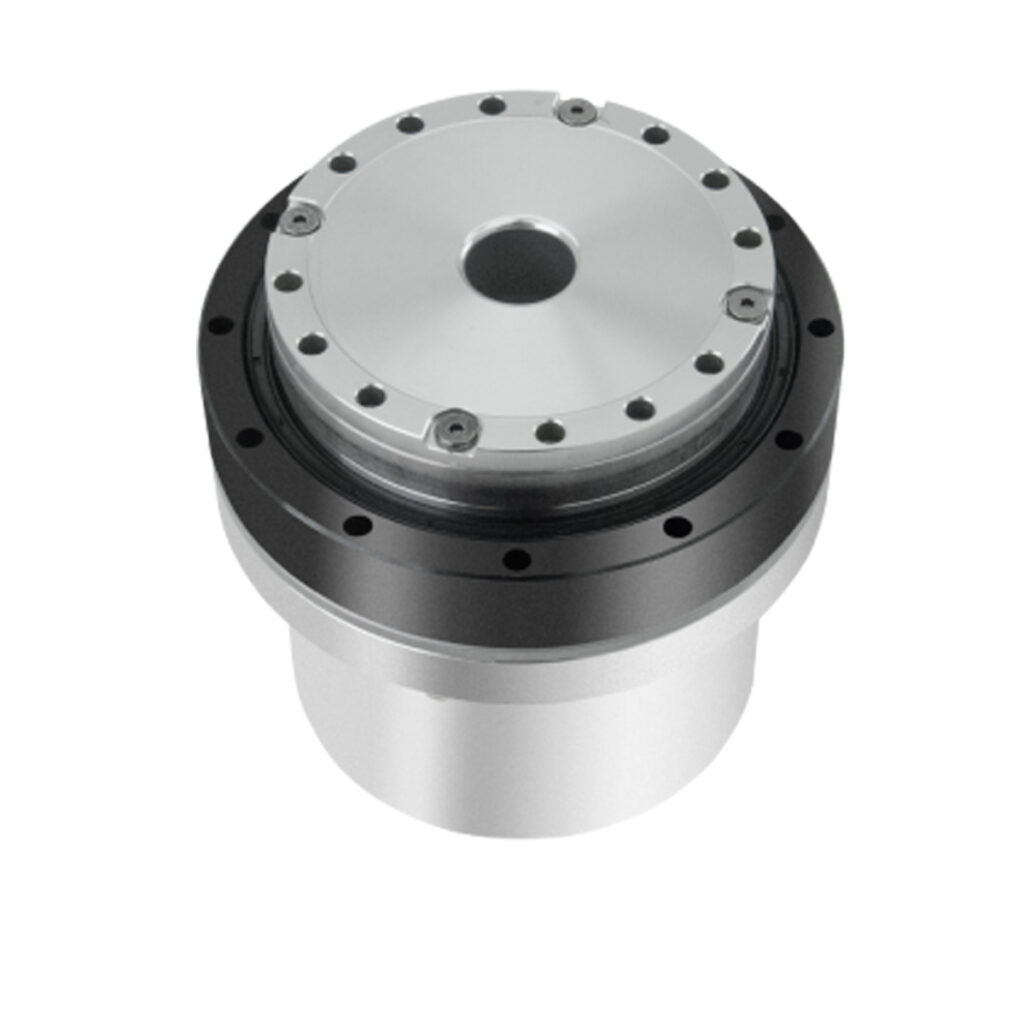When driving a stepper motor, if you notice significant noise emanating from within the motor when it’s in a stationary state, resembling rapid changes in coil activity, it is often due to the motor operating in an oscillation zone.
- Causes of Stepper Motor Vibration and Noise from the Driver Circuit:
-
-
- (1) Fluctuations in the power supply;
- (2) Waveform of excitation current;
- (3) High harmonic content in the stator current (occurs during subdivision);
- (4) Imbalance in phase currents, especially in non-constant current control states.
The primary cause is often the high harmonic content in (1). Stepper motors, when driven by square-wave currents, inherently produce a significant amount of high harmonics, leading to vibration and noise. Therefore, it’s preferable to use sinusoidal wave currents. Subdividing the stepper motor is a method that approaches sinusoidal wave drive.
-
- Causes of Stepper Motor Vibration and Noise from the Motor Itself:
-
-
- (1) High harmonic components in the excitation power source;
- (2) Tooth slot torque;
- (3) Vibration noise caused by rotor deformation due to radial magnetic attraction.
In conclusion, when selecting a stepper motor, it’s advisable to choose one of relatively higher quality. This minimizes the probability of malfunctions, making the application more reliable with lower maintenance costs.
-












